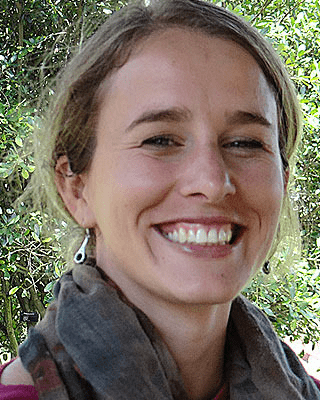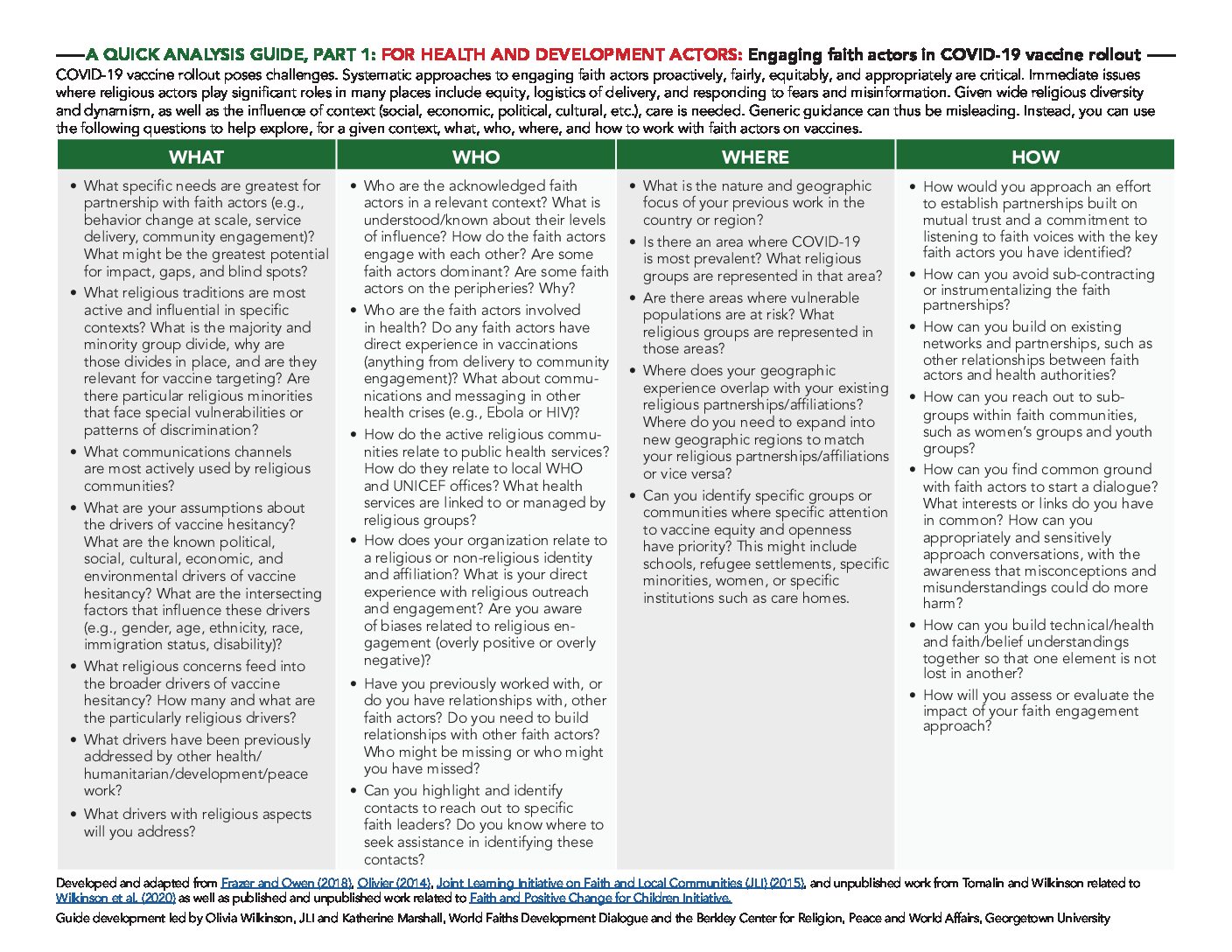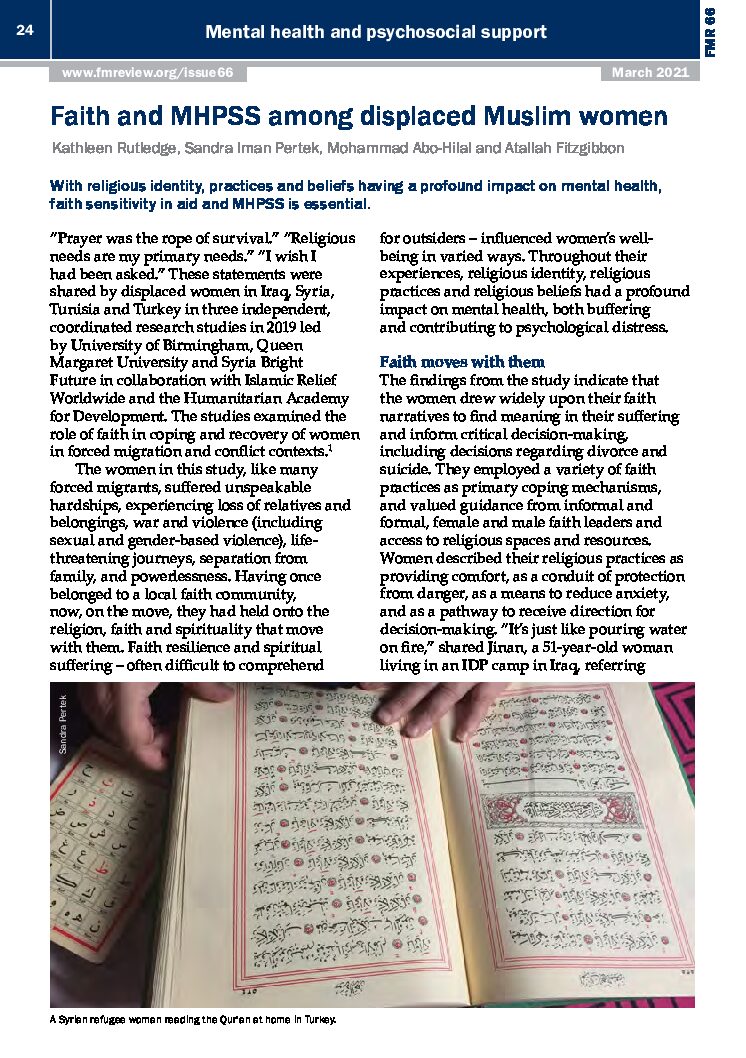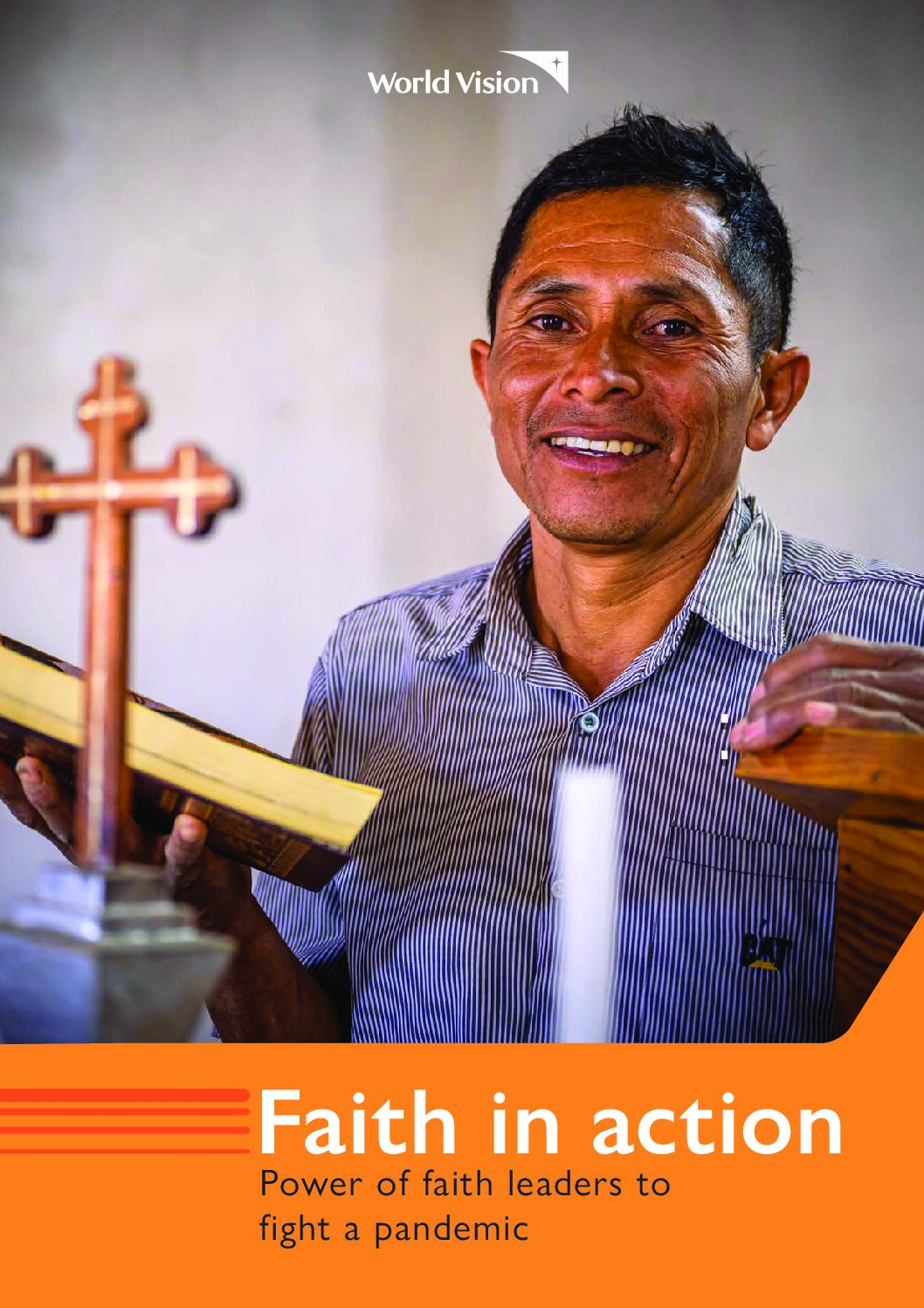The State of the Evidence in Religions, Development, and Gender
Dr Nora Khalaf-Elledge
Goldsmiths, University of London

Dr Elisabet le Roux
Stellenbosch University

This blog series is introducing and summarizing every chapter of the JLI’s 2022 Edition of the State of the Evidence in Religions and Development. The full report and chapters are available at their dedicated web page. This is the fifth blog post, which focuses on religion, gender, and development. The first blog that introduces religions and development evidence in general can be found here; the second blog on religion, development and health is here; the third blog on religion, development and the environment is here; and the fourth blog post, which focuses on religion and ending violence against children, can be found here.
Gender and religion have been deeply intertwined in societies across the globe and throughout history, but the development sector has only recently recognized this trend. The intersection of gender and religions is relevant to several development issues, including ensuring sexual and reproductive health and rights (SRHR) and eliminating violence against women and girls (VAWG). Both are part of the UN Sustainable Development Goals (SDGs) and a priority for many development organizations. Yet, despite the deep entanglement of these issues with religious politics around the globe, the role of religion in GAD issues is routinely overlooked or understudied. Prior to the 1970s it was believed that development processes affected men and women in the same way, while prior to the 2000s religions were a neglected area of study within development, often dismissed as being irrelevant.
Many in the development community continue to consider religions and gender as controversial and sensitive. Each step in gaining recognition for the relevance of gender in development has faced considerable resistance, with the concept of gender equality consistently being challenged and deprioritized in development practice. Gender has been a particular issue of concern in the context of faith-partnerships. Some have argued that practitioners have not sufficiently considered the gender implications of faith-partnerships and warn of the gender regressive effects of such efforts. For example, there are fears that faith engagement may be overly focused on male religious leaders and in the process further entrench their patriarchal authority and views. Meanwhile, minority-status women are propagating feminist views that challenge the tendency of some Western feminists to dismiss religions as inherently disempowering of women.
The existing evidence recognizes the dual nature of religions in relation to advancing and hindering gender equality and VAWG. On the one hand, the patriarchal nature of most religious traditions influences how societies view and value men and women. This means that religious beliefs and actors can be key drivers of gender inequality and VAWG, as documented by numerous studies. At the same time, religious beliefs and actors have also been shown to play a key role in promoting gender equality and non-violence. The influence and reach of religious leaders has been recognized. As they hold and leverage access, social and spiritual capital, they are considered a critical dimension of engaging with religions and religious communities around gender equality and non-violence. In terms of reflecting on approaches that are used in practice when working with religious leaders and communities to promote gender equality and non-violence, a scriptural/theological approach has emerged as an important tool in religious communities that abide by a central sacred text. Sacred scriptures are then re-read and reinterpreted in ways that promote gender equality and oppose violence, thus leveraging the authority of sacred scripture for the promotion of SDG 5.
Today, SRHRs remain one of the most contentious subjects involving gender and religions. Arguably, most of the opposition to reproductive rights has been in the context of abortion debates in the aftermath of the 1995 Beijing World Conference on Women and is particularly driven by conservative Christian voices. The controversy surrounding SRHRs in the US illustrates how the religion-gender intersection is as powerful and prevalent in high-income countries as it is in low-income countries. The issue of LGBTIQ+ rights is subject to similar debates among religious voices. The 2018 report by the Global Philanthropy Project (GPP) found that while Christian and Muslim groups can be highly suspicious of one another when it comes to sexual politics, they unite in their fight to protect “traditional family values.” Other religious leaders attempt to counteract anti-homosexuality campaigns in the name of religions.
Recent decolonial feminist discourses may help in this process. They call for development approaches to recognize their colonial roots to avoid repeating gender stereotypes and orientalist depictions of women and men. Abu-Lughod warned that Western simplified depictions of religious women in developing countries can have dangerous effects, pointing to the repeated portrayal of Muslim women as oppressed, which served as justification for the War on Terror and America’s invasion of Afghanistan while simultaneously covering up messy historical and political dynamics that have perpetuated inequality. Development policies, especially bilateral aid, are situated within the same political sphere and as such equally susceptible to prevalent Western-centric notions of gender and religions.
When reflecting on gender in religion and development research there are three points to keep in mind. First, ‘gender’ should not be viewed as a subsection, or specialized area of interest or approach, within religions and development. Gender affects all the issues around which religions and development meet. Whether the focus is on religions and poverty, environment, health or conflict, views on gender will be relevant to and impactful on the development process. Second, it is essential to constantly keep in mind that the challenges and controversies of gender and religions in development are not limited to the Global South – as the current reproductive health debate in the US has so aptly illustrated. Third, engaging on gender and religions remains challenging as it is subject to many different forces, including bilateral country relations, diplomacy, and personal biases and attitudes. This highlights that interventions focused on gender and religions in development will require awareness of and engagement at various levels, including international development staff and not only religious leaders and communities.




0 Comments